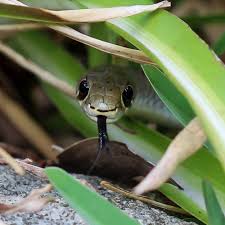Stamp with Attached Label: Wine bottle as a vase (Czech Republic 2014)
Wine bottle as a vase (Czech Republic 2014)
15 October (Czech Republic ) within release Bouquet "A" goes into circulation Stamp with Attached Label Wine bottle as a vase face value A No Face Value
| Stamp with Attached Label Wine bottle as a vase in catalogues | |
|---|---|
| POFIS: | POF: CZ 822K2 |
Stamp with Attached Label is square format.
With standard couponAlso in the issue Bouquet "A":
- Stamp with Attached Label - Wine bottle as a vase face value A;
- Stamp with Attached Label - Wine bottle as a vase face value A;
- Stamp with Attached Label - Wine bottle as a vase face value A;
- Gutter Pairs - Wine bottle as a vase face value 2*A;
Stamp with Attached Label Wine bottle as a vase it reflects the thematic directions:
First attested in 14th century. From the English word bottle derives from an Old French word boteille, from vulgar Latin butticula, from late Latin buttis ("cask"), a latinisation of the Greek βοῦττις (bouttis) ("vessel"
The face is the front of an animal's head that features the eyes, nose and mouth, and through which animals express many of their emotions. The face is crucial for human identity, and damage such as scarring or developmental deformities may affect the psyche adversely.
A flower, sometimes known as a bloom or blossom, is the reproductive structure found in plants that are floral (plants of the division Magnoliophyta, also called angiosperms). The biological function of a flower is to effect reproduction, usually by providing a mechanism for the union of sperm with eggs. Flowers may facilitate outcrossing (fusion of sperm and eggs from different individuals in a population) or allow selfing (fusion of sperm and egg from the same flower). Some flowers produce diaspores without fertilization (parthenocarpy). Flowers contain sporangia and are the site where gametophytes develop. Many flowers have evolved to be attractive to animals, so as to cause them to be vectors for the transfer of pollen. After fertilization, the ovary of the flower develops into fruit containing seeds. In addition to facilitating the reproduction of flowering plants, flowers have long been admired and used by humans to beautify their environment, and also as objects of romance, ritual, religion, medicine and as a source of food.
Snakes are elongated, limbless reptiles of the suborder Serpentes Like all other squamates, snakes are ectothermic, amniote vertebrates covered in overlapping scales. Many species of snakes have skulls with several more joints than their lizard ancestors, enabling them to swallow prey much larger than their heads (cranial kinesis). To accommodate their narrow bodies, snakes' paired organs (such as kidneys) appear one in front of the other instead of side by side, and most have only one functional lung. Some species retain a pelvic girdle with a pair of vestigial claws on either side of the cloaca. Lizards have independently evolved elongate bodies without limbs or with greatly reduced limbs at least twenty-five times via convergent evolution, leading to many lineages of legless lizards. These resemble snakes, but several common groups of legless lizards have eyelids and external ears, which snakes lack, although this rule is not universal (see Amphisbaenia, Dibamidae, and Pygopodidae).




